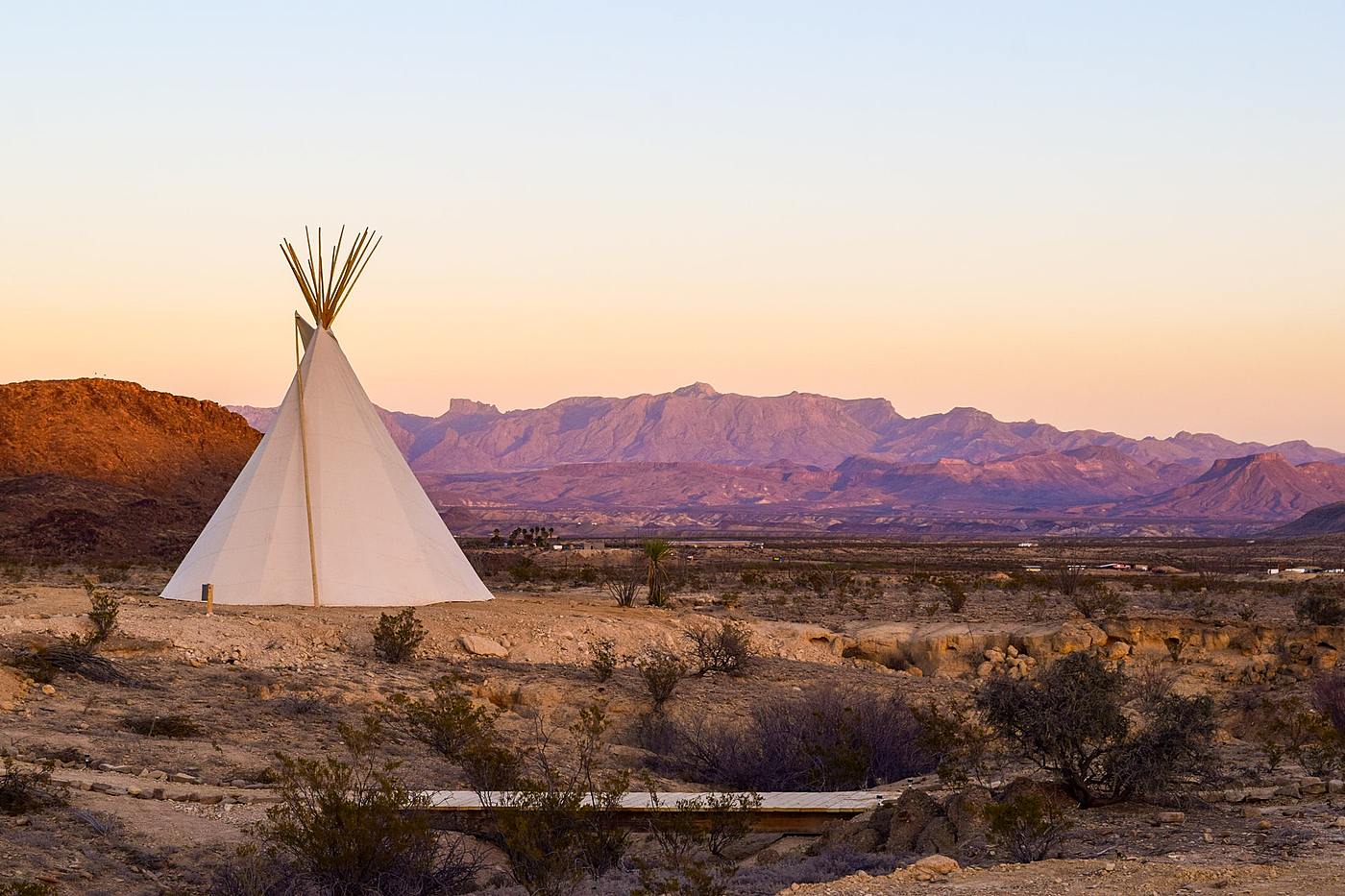
In his book Notes on the Synthesis of Form Christopher Alexander writes about how to design buildings:
“[A good design is an] effort to achieve fitness between two entities: the form in question and its context.”
The language may seem confusing, but he’s actually talking about two very simple things. By form he means the building that you are designing. By context he means the environment in which the building you are designing is going to exist.
It’s kind of like biology: just like an organism is fit when it is well-adapted to its environment, a building is well-designed when it fits its context.
The obvious next question is: how do we find good fit?
Alexander says you create good fit by identifying and eliminating instances of bad fit. Basically, you make a good building by getting rid of all of the bad parts.
You might imagine that getting rid of all of the bad parts requires a lot of planning, sketching, and diagramming. And that’s right for certain kinds of buildings — like, for example, a skyscraper.
But for other kinds of buildings, the bad parts basically disappear automatically.
One example he uses is building construction in indigenous cultures. In these cultures, the person who makes the building also lives in it.
Because they’re living inside of the structure, they’re aware of all of its problems, and they can fix those problems immediately.
“The failure or inadequacy of the form leads directly to the action,” he says.
If the roof leaks, it’s patched. If there is a draft in any entryway, it is covered over. If a certain kind of material tends to break down too easily, it is replaced with something sturdier.
“Anything that needs to be changed is changed at once.”
I think this kind of building is how we should build our systems: we should build mud huts, teepees, and igloos — not skyscrapers.
To be clear, you can build your hut using Notion, Roam, Evernote or a plaintext editor with grep. The tools themselves are not the problem. The problem is how we use them.
We shouldn’t feel like we have to make large, cumbersome, and expansive systems that try to accommodate every use case all at once.
Instead, we should be making simple systems that we can live inside of. By living inside of them we can fix flaws as they come up, and get on with our day.
If we build systems this way we won’t need to sit at a drafting table and diagram a skyscraper for weeks and weeks until everything is perfect.
Instead, we just need to live, and the system will evolve alongside of us.
Find Out What
Comes Next in Tech.
Start your free trial.
New ideas to help you build the future—in your inbox, every day. Trusted by over 75,000 readers.
SubscribeAlready have an account? Sign in
What's included?
-
Unlimited access to our daily essays by Dan Shipper, Evan Armstrong, and a roster of the best tech writers on the internet
-
Full access to an archive of hundreds of in-depth articles
-
-
Priority access and subscriber-only discounts to courses, events, and more
-
Ad-free experience
-
Access to our Discord community






Comments
Don't have an account? Sign up!